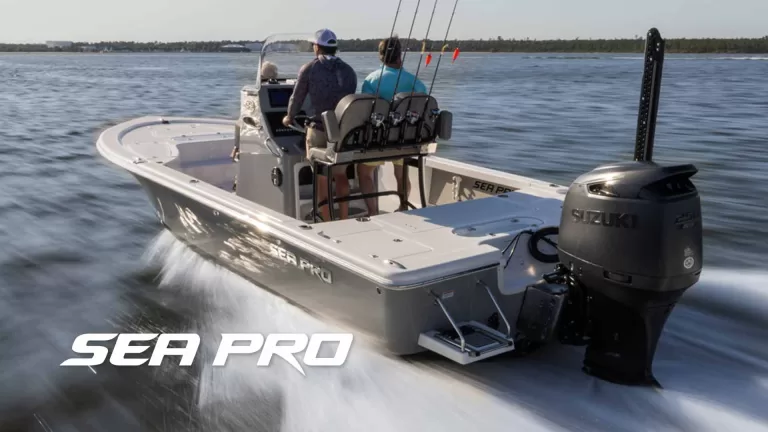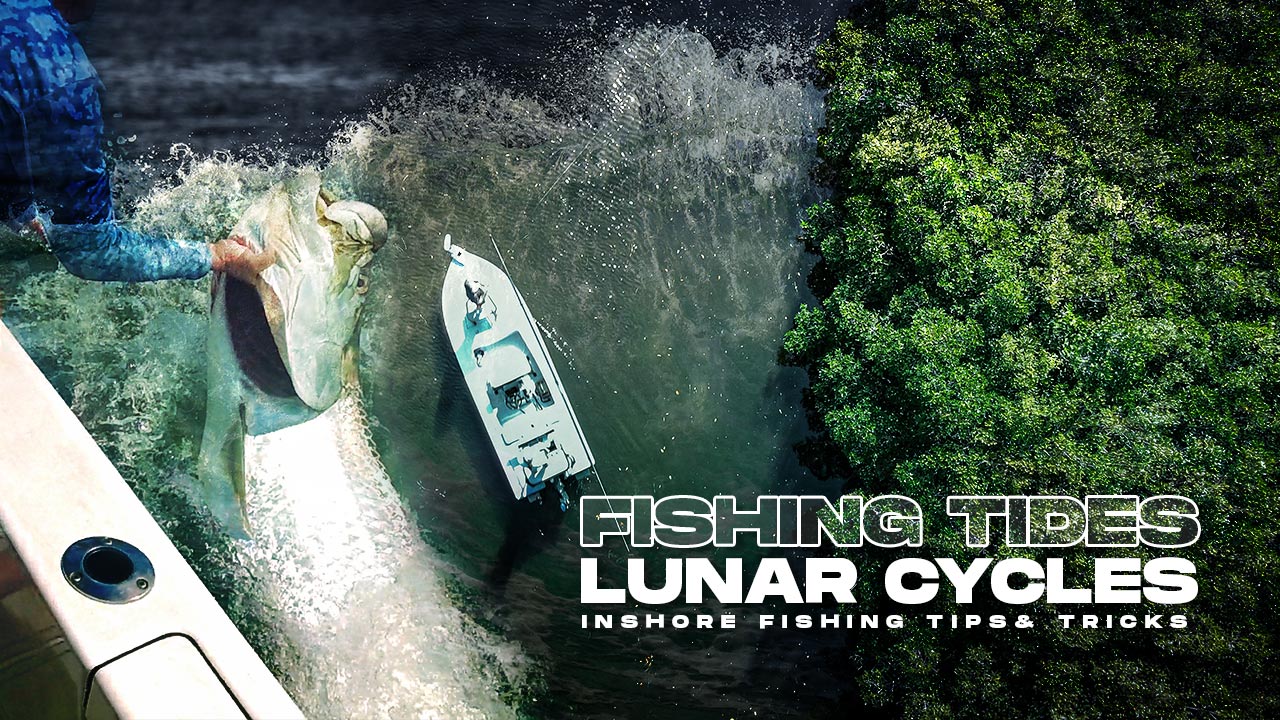Understanding Tide, Lunar Cycles, and Their Effects on Redfish and Trout Fishing
Tides and lunar cycles are two natural phenomena that have a significant impact on the behavior of fish species such as redfish and trout. In this guide, we will explore the basics of tides and lunar cycles, how they affect fishing, and some tips on how to use this information to improve your chances of catching these popular game fish.
What are Tides?
Tides are the regular rise and fall of the sea level, caused by the gravitational pull of the moon and the sun on the Earth’s oceans.
The moon’s gravitational pull is stronger than the sun’s, and it is primarily responsible for creating tides.
The gravitational pull of the moon causes a bulge of water to form on the side of the Earth closest to the moon, and a second bulge on the opposite side of the Earth.
This creates a high tide where the bulges are, and a low tide in between them.
How do Tides Affect Inshore Fishing?
The movement of tides can significantly affect the behavior of fish, particularly those that are found in inshore or estuarine environments such as redfish and trout.
During high tide, water levels rise and flood into shallow areas, which can attract fish in search of food or cover.
Conversely, during low tide, water levels drop and expose previously submerged areas, making it harder for fish to access food or cover, and forcing them to relocate to deeper water.
When planning a fishing trip, it is essential to pay attention to the tide tables for the area you plan to fish.
For example, if you are targeting redfish, look for areas with shallow water and submerged structure during high tide.
Conversely, during low tide, focus on deeper channels and drop-offs where fish may be congregating.
What are Lunar Cycles?
The moon also has a significant effect on fishing through its lunar cycles. The lunar cycle refers to the moon’s changing phases, which occur approximately every 29.5 days.
These phases are caused by the relative position of the moon, the sun, and the Earth. During a new moon or full moon, the gravitational pull of the moon is strongest, and this can lead to more pronounced tides, known as spring tides.
During a half-moon, the gravitational pull is weaker, leading to smaller tides, known as neap tides.
How do Lunar Cycles Affect Fishing?
Lunar cycles can affect the feeding behavior of fish. Some anglers believe that fish are more active and more likely to feed during specific phases of the moon.
During a full moon, some anglers believe that fish will be more active and feeding more heavily at night, while during a new moon, they may be more active during the day.
However, the evidence for the effect of lunar cycles on fishing is mixed, and it is not a universal rule that applies to all fish species.
Therefore, it is essential to consider lunar cycles as part of your overall fishing strategy, but not to rely on them solely.
Best Times to Fish by Moon Phase
| Moon Phase | Redfish | Trout | Grouper | Flounder |
|---|---|---|---|---|
| New Moon | Good | Better | Best | Good |
| Waxing Crescent | Better | Good | Good | Better |
| First Quarter | Best | Best | Good | Good |
| Waxing Gibbous | Best | Best | Good | Better |
| Full Moon | Better | Good | Better | Good |
| Waning Gibbous | Good | Better | Better | Better |
| Third Quarter | Good | Good | Better | Good |
| Waning Crescent | Better | Good | Good | Better |
It is recommended to use this as a general guide and to experiment with different moon phases to see what works best in your area.
Tide & Moon Tips for Inshore Fishing: Redfish and Trout
To improve your chances of catching redfish and trout, consider both tides and lunar cycles. Here are some tips to help you get started:
Pay attention to the tide tables for the area you plan to fish.
Look for areas with shallow water and submerged structure during high tide and deeper channels and drop-offs during low tide.
Consider the lunar cycle when planning your fishing trip, but don’t rely on it solely.
Experiment with different moon phases to see what works best in your area.
During high tide, focus on casting around structure such as oyster bars, grass flats, and mangroves.
During low tide, target deeper channels and drop-offs where fish may be congregating.
When fishing during high tide, use topwater lures or suspending baits that mimic baitfish or shrimp.
During low tide, switch to deeper-running lures that can reach the bottom where fish may be holding.
Keep an eye out for signs of feeding activity,
such as birds diving or fish breaking the surface. These can indicate that fish are actively feeding in the area.
Try fishing during different times of day to see when fish are most active.
In general, early morning and late afternoon are good times to fish, but this can vary depending on the location and conditions.
Finally, be patient and persistent. Fishing is not always easy, and it may take some time to find the right spot and lure combination that works. Keep trying different techniques and locations until you find what works.
Understanding the effects of tides and lunar cycles on fish behavior can help anglers improve their chances of catching popular game fish such as redfish and trout.
While lunar cycles can also play a role in fish behavior, it is not a universal rule, and it is essential to consider it as part of an overall fishing strategy.
Explore More

Saltwater Fishing Stories, Tips and Guides Dive into the Thrilling World of Saltwater Fishing! Our collection of AMP web…

Boats for Anglers Are you an angler seeking the perfect blend of performance, durability, and angling-specific features? Look no…

PPF Screen Protectors and Surface Protection Films When you're out on the water, the last thing you want is…

